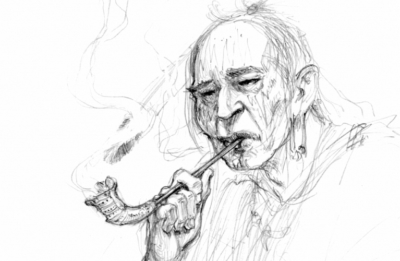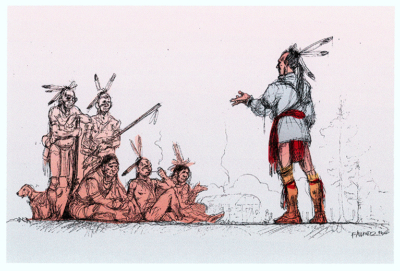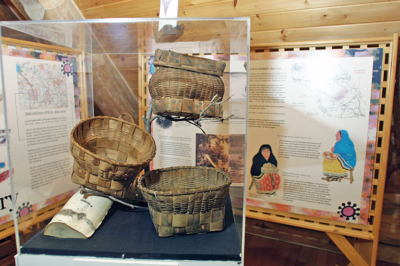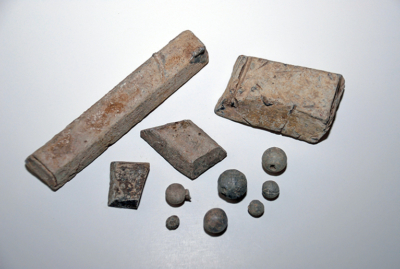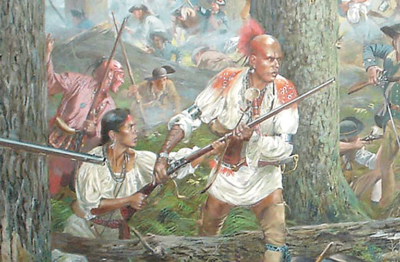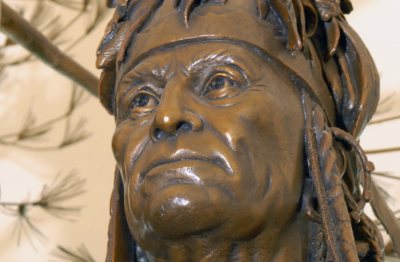HISTORY
Making their mark in American history, the Oneida Indian Nation became the first ally to America when they joined the colonists in their fight for independence during the American Revolutionary War. In 1794, after the victory over the British and many hardships for the Oneidas, George Washington signed the Treaty of Canandaigua recognizing the Oneida Indian Nation as a sovereign entity. The agreement granted federal protection of 300,000 acres.
Oneida Indian Nation homelands originally consisted of more than six million acres stretching from the St. Lawrence River to the Susquehanna River. Oneida villages thrived in and around the present-day communities of Stockbridge, Oneida Castle, Canastota, Oriskany, the city of Oneida and elsewhere in what are now Oneida and Madison counties.
By the early 1900s, illegal state treaties nearly depleted the Oneida Indian Nation of its homeland. The Oneidas did what they had to do to survive. Some moved, some sold their land. The Oneidas had to fight to recover the last 32 acres granted to them. The federal government filed suit in U.S. District Court in 1919 to help the Oneida Indian Nation reclaim this land.
Today, the Oneida Indian Nation has regained more than 18,000 acres of their original homelands – the most they have had recognized sovereignty over since 1824. A slow steady climb and dedicated perseverance has led to a resurgence for the Oneida Indian Nation that today prospers through their many diverse enterprises.
This economic upturn has allowed the Oneida Indian Nation to provide many
programs and services to its Members as well as reinvest in their enterprises and community to become an economic engine in the Central New York region,
as one of the largest employers in the state.
Key Figures in Oneida History: Pre-American Revolution
In a previous post we examined many of the Oneidas who played a key role in the Revolutionary War. This time we take a look further back in time, at Oneidas who were recorded in various book [...]
Key Figures in Oneida History: The American Revolution
When the tension between the American colonies and the British grew into armed conflict, the Haudenosaunee Confederacy tried at first to remain neutral and then to reach agreement on which s [...]
Artful Baskets, an Important Part of Oneida Culture, on Display at Shako:wi Cultural Center
The Oneida Indian Nation’s Shako:wi Cultural Center is home to a collection of baskets dating from the late 1800s to early 1900s in a style identified with Oneida craftsmen. From tiny thimbl [...]
Oneida Indian Nation Continues Reclamation of Artifacts
The ancestral homelands of the Oneida Indian Nation encompassed millions of acres. Flourishing villages dotted this enormous swath of territory where a vibrant lifestyle existed. Today, than [...]
Hanyery: Beyond Oriskany
This article originally appeared in The Oneida newsletter, issue 2, volumes 13, February 2011. The name of Hanyery (or Han Yerry) is synonymous within the Oneida Indian Nation with the Battl [...]
A 1912 Tribute to Chief Shenendoah
Genealogical studies vary on the number of years that constitute a generation. The general consensus appears to allow three generations per century or 33 years for each generation. So, for i [...]


